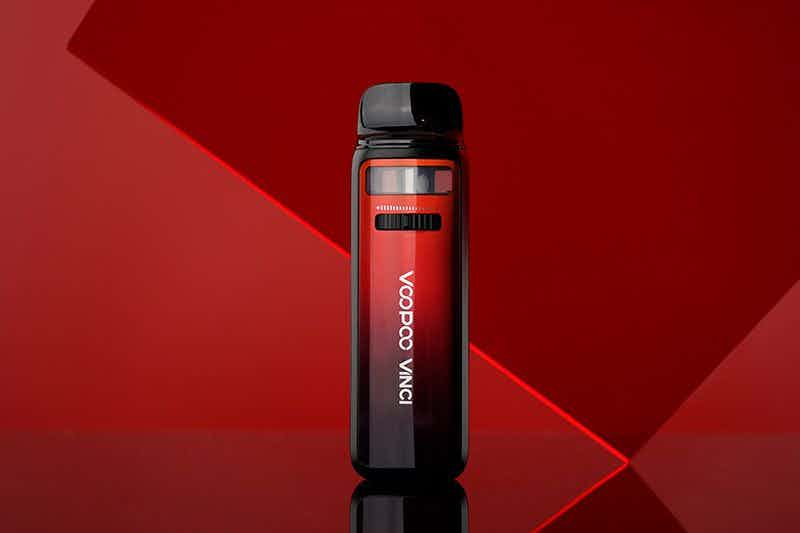Introduction to Taste Perception in Vapes
Taste perception is a complex and subjective experience influenced by various factors, leading to the observation that different vapes can produce remarkably distinct flavors. Understanding why these variances occur is essential for both consumers and manufacturers in the ever-evolving vaping industry.

The Role of Ingredients
The primary elements that contribute to the flavor profile of vape liquids are the ingredients used. Most vape juices consist of a base of propylene glycol (PG) and vegetable glycerin (VG), along with flavorings and, in some cases, nicotine.
Propylene Glycol (PG)
PG is known for carrying flavors well and providing a throat hit similar to traditional smoking. Vapes that use higher concentrations of PG may exhibit more pronounced and sharper flavors.
Vegetable Glycerin (VG)
VG is thicker and sweeter, often resulting in a smoother vaping experience and denser vapor production. High VG vape juices tend to produce a softer, mellower taste, which can impact flavor perception significantly.
Flavoring Agents
Another critical factor influencing taste is the flavoring agents used in vape liquids. These flavorings can consist of natural and artificial components, each imparting unique characteristics to the vaping experience.
Natural vs. Artificial Flavors
Natural flavors may provide a more authentic taste that closely mimics the actual fruit or dessert, while artificial flavors can lead to more exaggerated and intense profiles. The balance and quality of these flavoring agents determine not just the flavor strength but also its complexity and depth.
Device Configuration
The type of vaping device and its settings can also dramatically affect taste perception. Different devices, such as pod systems, sub-ohm tanks, or regular e-cigarettes, interact differently with the vape liquid.
Coil Resistance
The coil’s resistance plays a crucial role in heating the liquid. Sub-ohm devices, which operate at lower resistance, can produce larger vapor clouds and amplify flavor intensity, while higher resistance coils may deliver a more subtle flavor experience.
溫度控制
Devices equipped with temperature control settings allow users to modulate how the liquid is heated. Depending on the temperature, the release of flavor compounds can vary, leading to distinct taste profiles. Higher temperatures might produce a richer, more robust flavor, whereas lower temperatures could yield a crisp, cleaner taste.
The Influence of Personal Preferences
Individual taste preferences also contribute significantly to how flavors are perceived in vaping. Factors such as prior smoking experience, personal likes and dislikes, and even psychological factors can shape one’s flavor preferences. Each person has a unique palate, leading to diverse opinions on the same vape flavor.
結論
In conclusion, the variation in taste perception between different vapes is a multifaceted phenomenon influenced by ingredients, flavoring agents, device configurations, and personal preferences. Understanding these elements can enhance the vaping experience and enable users to choose the products best suited to their tastes. As the vaping industry continues to innovate, staying informed about these factors will empower consumers to make educated choices and enjoy the wide range of flavors available.




